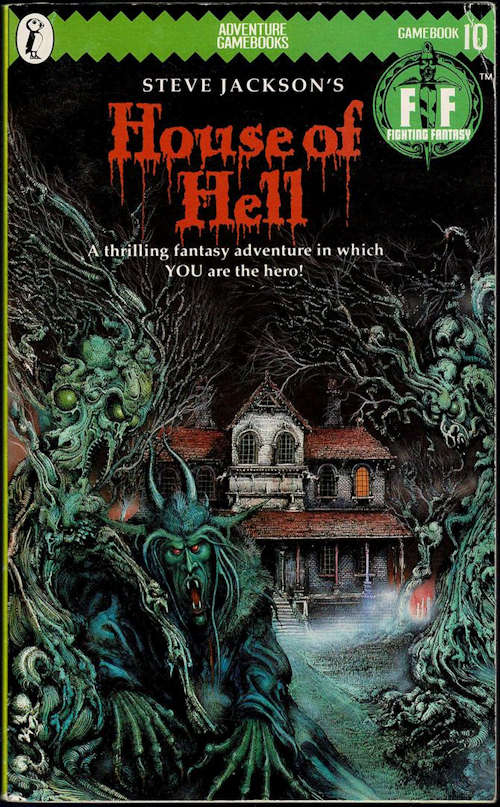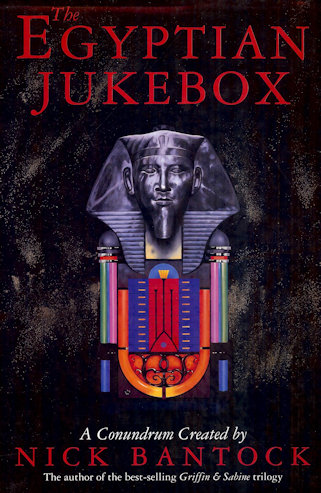Graphing Fighting Fantasy favourite, House of Hell

The Fighting Fantasy series of books, created by Steve Jackson and Ian Livingstone, were a staple of 1980s solo roleplaying. With simple rules and basic character creation (roll two dice for your stamina, etc) the meat of each book comprised 400 numbered paragraphs. Starting at paragraph 1 you, THE HERO, starred in your own adventure, following instructions to turn to different paragraphs. Success or swift death depended on your choices and the outcome of battles and luck rolls.
My old copies of a handful of the 50-something books has long since decayed in a damp attic. But I recently came across “Fighting Fantasy Classics“, an app version by Tin Man Games featuring a slowly growing library of favourites from the series. After some research into “best of…” lists, I decided to buy a copy of House of Hell, the 10th book in the series, and give it a whirl.
To save you scrolling to the end to get the full graph of all 400 pages of the book, here it is. You’ll need to use the free yEd Graph Editor or the browser version, yED Live, to view it.
I’ve also graphed all 400 pages, and the many magical items with their varied uses, of book number 3: The Forest of Doom. You can pick up that graph here.
» Read more
